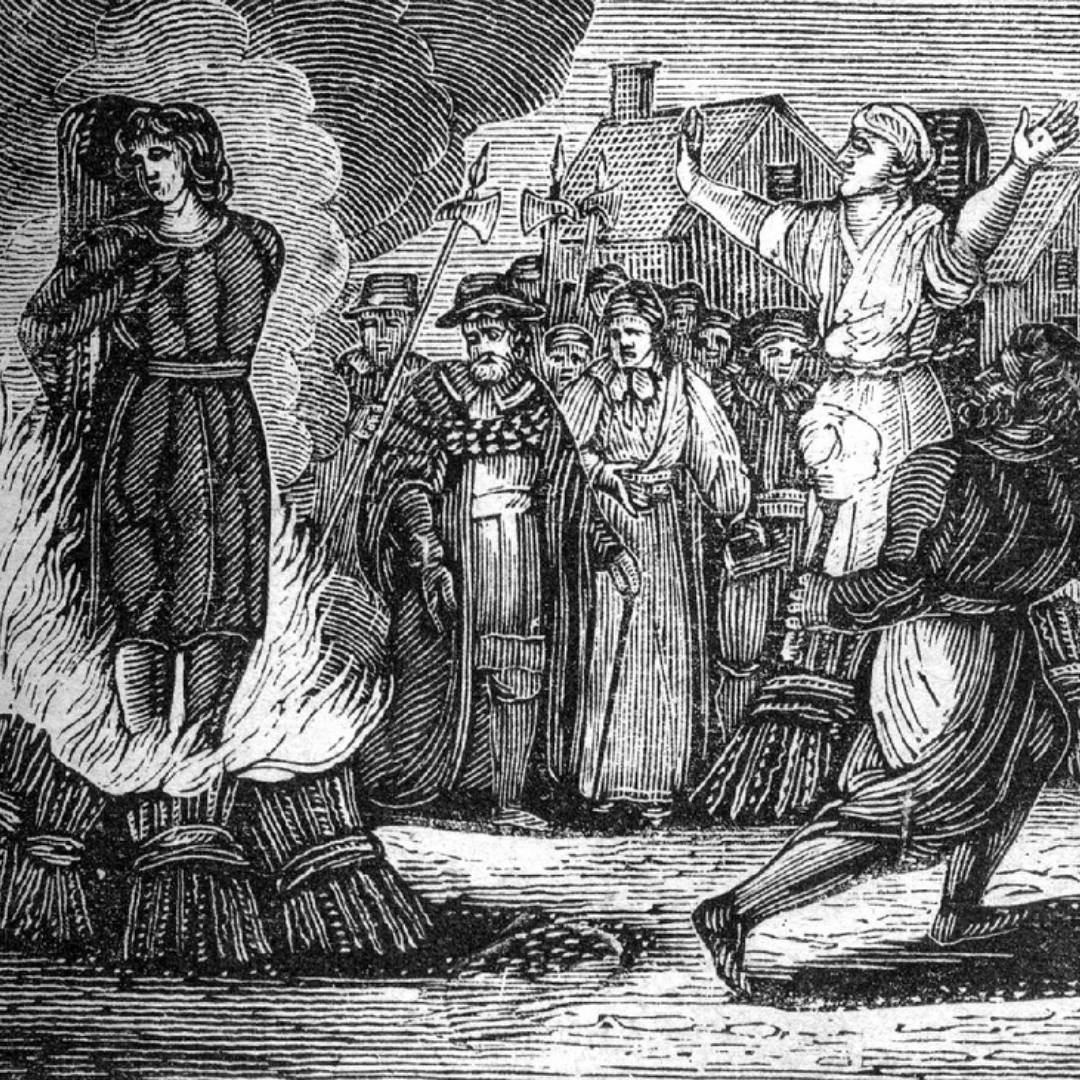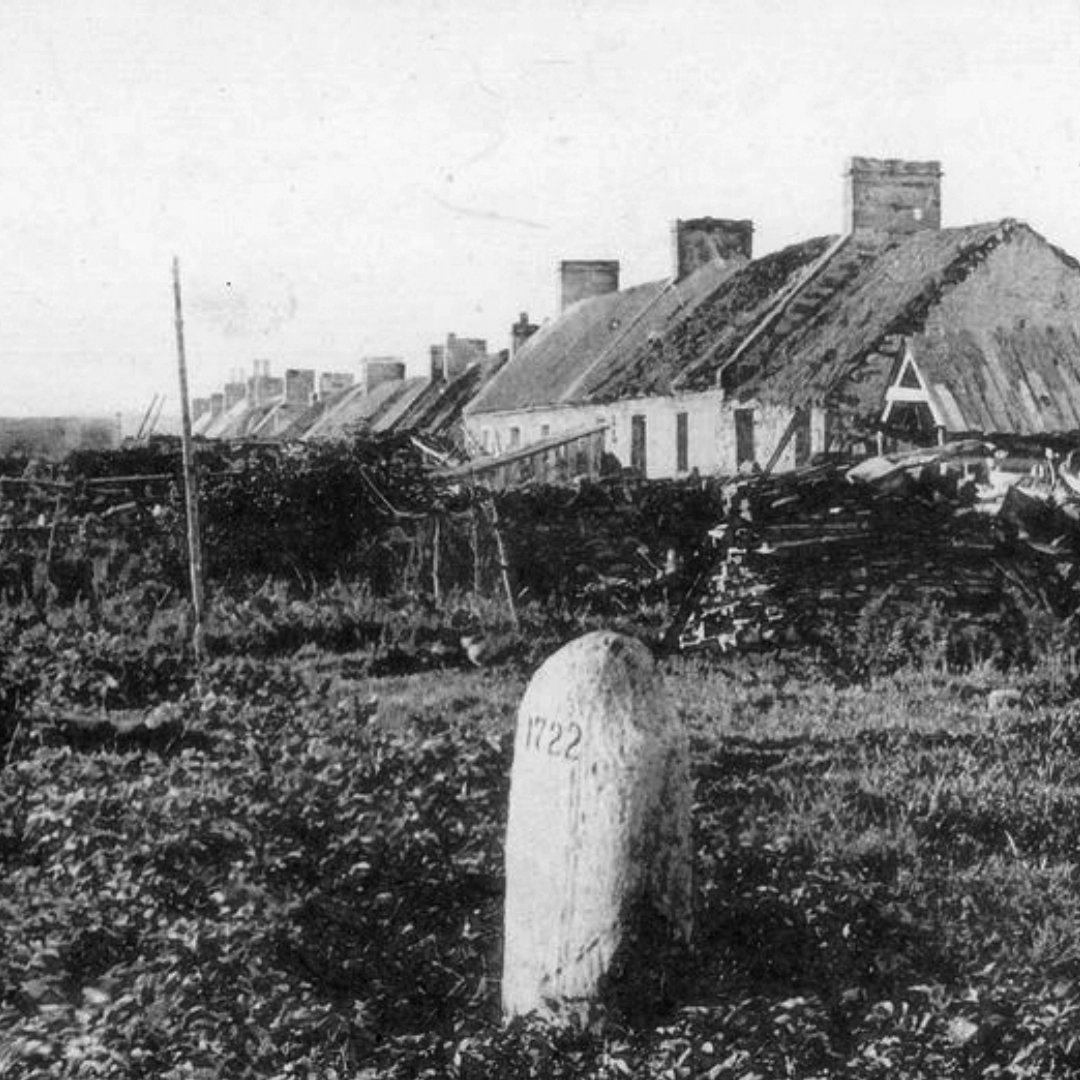The campaign for a national witch memorial in Scotland #MyWritingInspirations
Blog post

As I get closer to releasing Janet’s Yellow Butterflies, I have been reflecting on some of the literature, media and memories that inspired ideas for it.
This week’s inspiration shines a light on the Scottish witch hunts of the 1500s-1700s. Queen Elizabeth I introduced the Scottish Witchcraft Act in 1563, which saw almost 4,000 people accused of witchcraft across Scotland. Many were brutally tortured, and over 2,500 executed, 84% of whom were women. The Act was repealed by the British parliament in 1736.

Various monuments have been erected locally throughout Scotland over the years, acknowledging individuals and groups accused of witchcraft. However, there is currently a campaign to erect a large-scale national monument in Scotland, to acknowledge the thousands of people tortured and executed across the country during this period. Find out more here: https://witchesofscotland.com
Janet’s Yellow Butterflies was inspired by the story of Janet Horne, the last witch legally executed for witchcraft in the British Isles. Janet and her daughter were both sentenced to death, but in an intriguing turn of events, her daughter escaped.
The site of Janet’s execution is marked by the Witches Stone in Dornoch, in Scotland’s north-east (image 2). To add to the mystery, the date 1722 was etched on Janet’s memorial, although she was executed in 1727.
Janet’s Yellow Butterflies is dedicated to Janet Horne and her daughter, to the thousands of people accused of witchcraft in Scotland, and to their descendants.
The novel will be published soon as a paperback, audiobook and ebook. Sign up for publishing announcements here: emmaelizabethauthor.com
Images:
1. Wood carving of a witch execution
2. 19th century image of the Witches Stone, Dornoch

